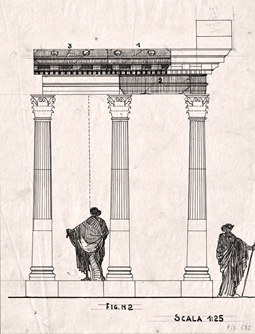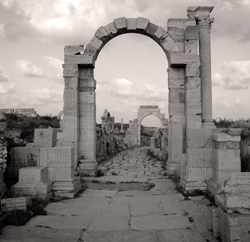download article as pdf: Il tempio romano dell’Asklepieion di Kos: nuovi dati per la sua anastilosi
.
The contribution retraces the discovery of the Asklepieion of Kos conducted by the Germans Rudolf Herzog and Paul Schazmann, the investigations by the Italian Archaeological Service and, above all, the restoration work made by the archaeologist Luigi Morricone and the architect Mario Paolini, in order to present the Roman temple on the second terrace. This restoration study is described in its different phases, till the last partial realization of the anastylosis, known through the original drawings. During the activity carried out on the site, the author, with new surveys and with the complete catalogue of architectural fragments belonging to the Roman temple of the Asklepieion, has been in position to make the restitution of the building in two-dimensional and three-dimensional visions, verified also through the extensive critical review of the researches previously undertaken.
Finally, the author presents the virtual reconstruction of a new anastylosis project of the Roman temple, developed on the basis of the results of the catalogue of the fragments, the reconstruction through the traditional and digital graphics, the analysis and technical construction, as well as the morphological studies, used as a verification tools and synthesis of the research.


